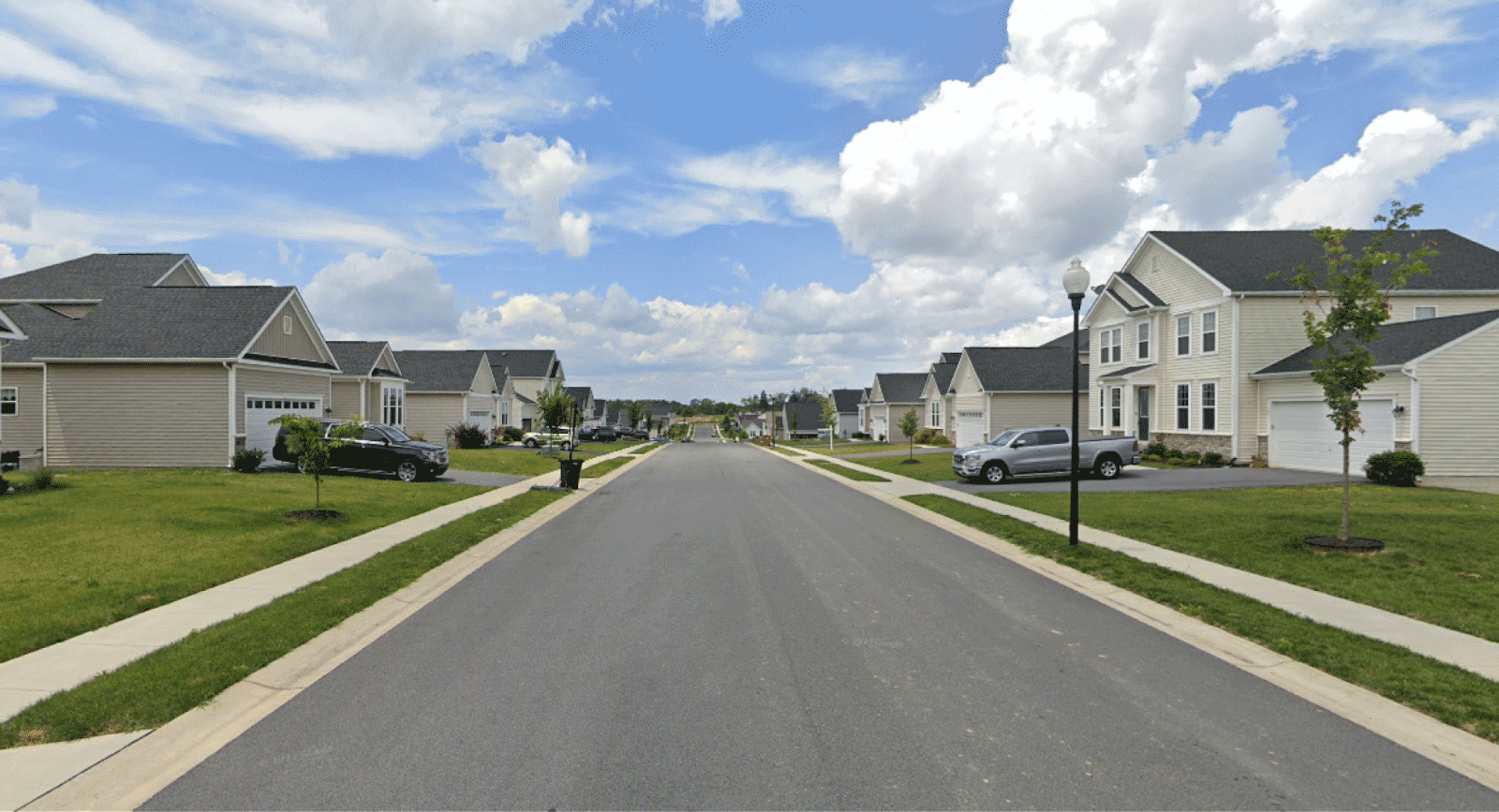People aren’t only influenced by their own beliefs — they’re also influenced by what they think other people believe. For instance, a local leader might withhold public support from a policy because they think no one else supports it. Here’s what that means for the Strong Towns movement.
Read MoreAs a Strong Towns advocate, you likely face a lot of opposition from rigid systems and even other advocates. This opposition claims that you’re not qualified enough to have an opinion or that you’re trying to change things in the wrong way. It’s easy to get discouraged by this barrage, but remember: there’s always something you can do to make a difference.
Read MoreRates of loneliness and unhappiness are on the rise in the United States, but our European counterparts don’t seem to have the same problem. Why? Part of the reason is the way our built environment isolates us.
Read MoreIt’s natural to feel grief when local officials ignore calls to make your city a stronger and safer place. But while the grief is real, the changes your advocacy inspires are real too.
Read MoreLiving in the city can mean dealing with a lot of noise, which can have negative long-term effects on one’s health—but it doesn’t have to be that way.
Read MoreOur cities need more housing, but perhaps even more urgently, our neighborhoods need more neighbors.
Read MoreDrivers tend to unconsciously regulate their speed based on visual cues. By taking some simple steps to narrow a street visually, we can make it less dangerous.
Read MoreWalking alone to the grocery store is, for me, like walking through a creepy hallway at night. Why? Because America is filled with liminal spaces.
Read MoreA recent Vice article seems to suggest that most Americans don’t want more walkable places. Here’s why that takeaway is totally wrong.
Read MoreWhat lessons can we glean about anti-fragility and human psychology from a 2,000-year-old fast food restaurant?
Read MoreA recent study on the “perception gap” between America’s two major parties gives some hope that, at least at the local level, we can find ways to work together, despite our differences.
Read MoreTraditional architecture has evolved through millennia of trial and error to harmonize with our unconscious impulses, make us feel comfortable and encourage positive social behavior. Modernism too often throws those lessons out the window—and one architect thinks the trauma of World War I had something to do with why.
Read MoreThe best judgments are made with a “scout” mindset—your job is to survey the terrain and understand it—rather than that of a “soldier” whose job is to win a battle (or an argument). A social scientist explains the difference.
Read MoreA new study on the “perception gap” between America’s two major parties gives some hope that, at least at the local level, we can find ways to work together, despite our differences.
Read MoreThe physical design of the modern public realm, with its emphasis on speedy efficiency, advances a dehumanizing tendency. It undermines the opportunity to be a neighbor.
Read MoreThe more we invest in something, the harder it becomes to walk away. Yet, we need to walk away from a lot of what we’ve built.
Read MoreDesign that provides a little psychological nudge can be an inexpensive, easily-implemented way to address problems like pedestrian fatalities. But sometimes what we need is good, old-fashioned concrete.
Read More















